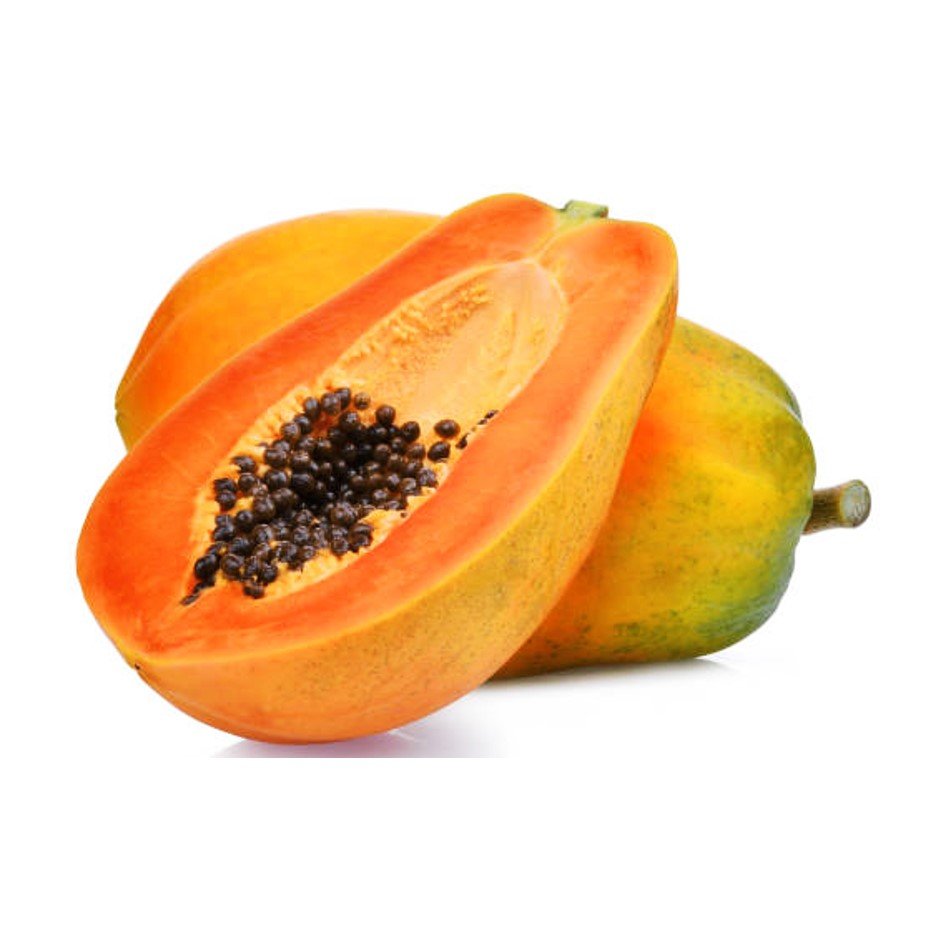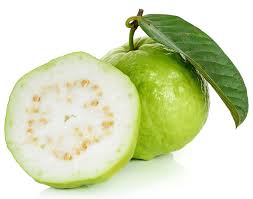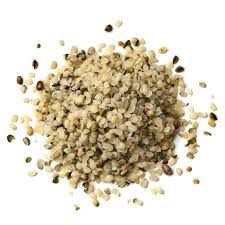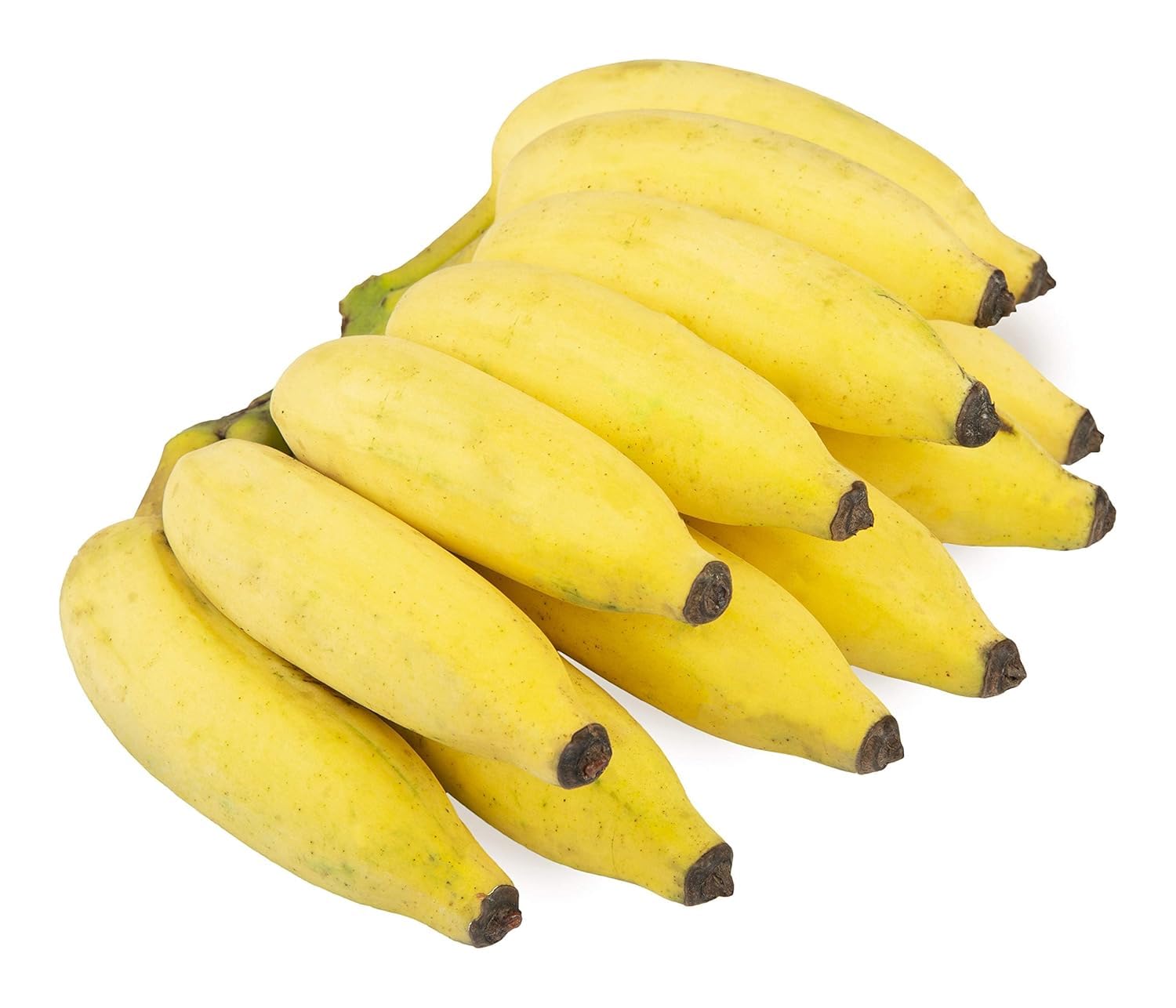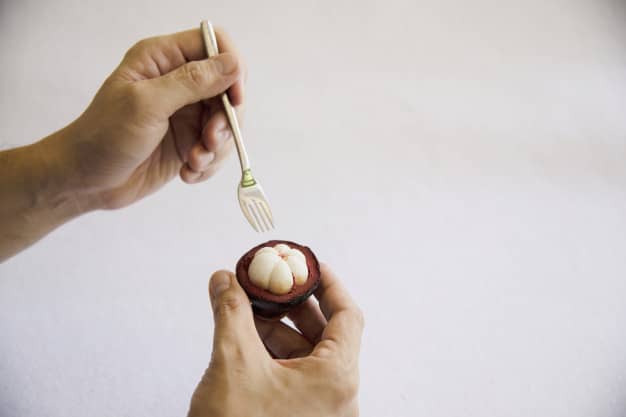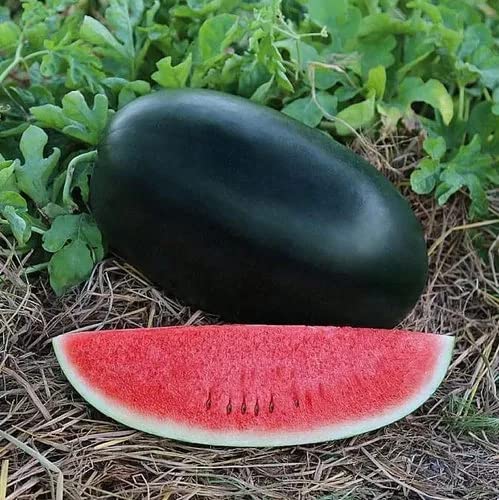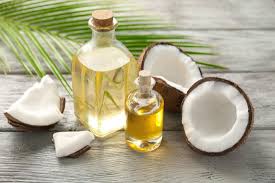
What to Look For in a Natural Watermelon vs Chemical Treated one
There has been many videos circulating around online related to watermelon and how to identify chemical treated one and so on.
To be honest, some are very misleading and can cause quite some confusion and anxiety. So wanted to address the same from HB perspective.
At Healthy Buddha, we source our watermelons from trusted organic farms where no chemical ripening agents or artificial coloring are used.
However, we completely understand your concern and are happy to help clear it up.
Identifying Chemically Treated Watermelons – Facts vs Myths
There’s a lot of misinformation out there, so here are some science-backed ways to tell if a watermelon may have been chemically tampered with:
What to Look For in a Natural Watermelon:
- Color of the Flesh: Naturally ripened watermelons have a consistent pink to deep red flesh. The color may vary slightly near the rind but won’t look artificially bright or patchy.
- Seeds: Organic watermelons will have black or brown mature seeds. Chemically ripened ones often show white or underdeveloped seeds due to forced ripening.
- Taste & Texture: Organic ones are juicy but not overly watery. Chemically enhanced ones may feel mushy or excessively sweet in patches.
- White Streaks Inside: These are normal and not a sign of chemicals. They often appear in organic produce and are caused by natural weather and growing conditions.
Common Misconceptions (seen in videos):
- Fizzing when lemon juice is added: This is NOT a reliable test. Any fruit with natural sugars and acids can fizz when lemon is added.
- Too red = chemical: Some watermelon varieties are naturally deep red. Color alone is not proof.
- Yellow/white webbing inside: This is a natural characteristic and not an indicator of chemical injection.
Cotton Test (seen in video circulating) is also NOT scientifically reliable:
- In the video, a person rubs a piece of cotton or a tissue over the flesh of a watermelon, and it appears to pick up red or pink color, suggesting that artificial dye was used. This test is not scientifically reliable and can easily give false positives, especially with natural, ripe watermelons.
Watermelons are 90–92% water, and the natural pigment lycopene (which gives it the red color) is water-soluble. When you rub cotton or tissue on freshly cut flesh, the juice can transfer along with the natural pigment.
HB Commitment:
We understand where this concern comes from—but we assure you, all our watermelons are naturally ripened and untreated. Our farms follow certified organic practices, and the deep red color (if present) is due to natural lycopene, not dyes.
We never source or sell artificially ripened or colored fruits. Our watermelons are seasonal, grown using organic practices, and might not always look "perfect"—but they are 100% natural and safe.


